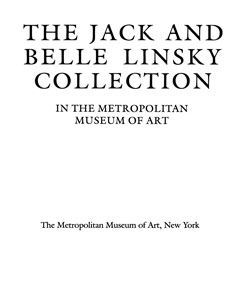Virgin of the Immaculate Conception
Manufactory Fulda Pottery and Porcelain Manufactory German
Modeler Wenzel Neu German
The model is attributed to Neu by Ernst Kramer and considered by him to have originated about 1770; it is mentioned in the factory records in 1786. Of the fourteen examples of the model that have been notes, three—this one and two others in the Cooper-Hewitt Museum, New York, and the Schloss Fasanerie, Fulda—share a marked similarity in details of decoration and palette, and in all three the globe on which the Virgin stands depicts the Four Continents. The pedestal of the Schloss Fasanerie version bears the same letters, and the figure, like this one, is marked with a cross. The Cooper-Hewitt example is marked with a crowned double f, the mark that replaced the cross at Fulda in 1781, thus implying a date of about 1781 for all three.
The halo of twelve stars and the lily branch are not original, but may be considered as substitutions rather than additions. The backs of this figure and of another in the Untermyer Collection in the Metropolitan Museum (64.101.331a, b) are pierced vertically in three places with circular holes into which glaze and decoration have spilled; they were apparently intended to accommodate the more usual mandorla of the Immaculate Conception, of which one appears on a version of the figure in the Museum für Kunst und Gewerbe, Hamburg.
Due to rights restrictions, this image cannot be enlarged, viewed at full screen, or downloaded.


